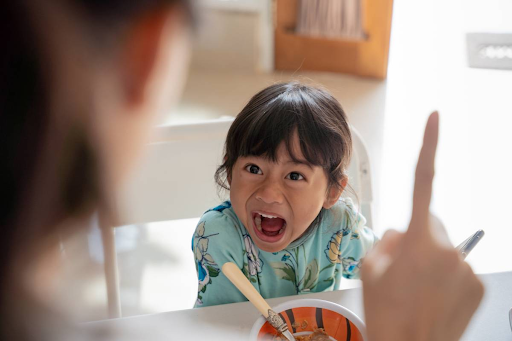Personal Hygiene and Grooming for Children with ASD
- HEALIS AUTISM CENTRE

- Mar 2, 2021
- 3 min read

For most typically developing children, learning grooming skills and practicing good personal hygiene may be simple. On the other hand, children with ASD may find it challenging to learn and maintain such self-care skills. Family members, caregivers and therapists of children with ASD might have to work hard to teach and enforce good personal hygiene in their day to day lives.
For a child with ASD, a simple routine could overwhelm one’s senses, and the act of grooming is truly a combination of multiple gross motor skills put together to form one large complex skill. Sadly, daily hygiene habits do not simply involve basic life skills such as brushing one’s teeth or taking a shower. It includes using the toilet properly, cutting one’s nails, managing body odor, and more. Furthermore, neglecting to take care of one’s self in these areas could result in poor hygiene in various aspects of one’s life, such as social experience, health, and employment. Therefore, I hope this article could provide some helpful tips that would aid in learning and maintaining specific personal hygiene and grooming skills.
Using Rewards
Children with ASD may not experience the same relief that most of us receive from engaging in self-care skills, such as feeling clean, smelling nice, and looking neat. As such, it would benefit them to learn skills by finding a strong motivator and reward them when they are able to perform a specific task at hand (eg. brushing their teeth thoroughly). This reward could be in the form of a toy, a snack, or extra play time.
Often, if a child strongly dislikes the activity he is doing, it could lead to an attempt of avoiding the task. For example, a child that has been used to wearing diapers may not want to start peeing in the toilet. Therefore, we can first start by rewarding every step of going to the toilet. As the child gains more independence in completing the steps and acquires more tolerance, parents can provide a reward after each task is completed. Once a child is able to grasp the skill, their body will build muscle memory and instinctive responses. It would be beneficial to slowly and incrementally fade out the rewards as they progress (eg. initial reward was food, current reward is verbal praise) in order to avoid over-reliance and dependence.
Using Social Stories or Videos
If a child likes listening to stories, it would be worthwhile to invest some time to create a printed social story. These social stories consist of short phrases and realistic photos to break down each specific task, such as the steps for showering, which a child can review before beginning the task. While teaching a child to operate the faucet safely, it is beneficial to model the preferred behavior, such as turning on the faucet at the right temperature. If the child associates color with temperature, the realistic photos could include red for hot water and blue for cold water. It would also further aid the child if the photos of a particular item (eg. shampoo) include various brands, so that your child learns to identify all these non-identical items as shampoo. If a child responds better to animation, videos on specific skills can be found online at YouTube that demonstrate rapid and effective training methods and reduce the number of verbal prompts in teaching the different steps to showering. (Drysdale et al., 2015)
Using Visual Checklist
To make learning more manageable and to promote independence, these tasks can be broken down into simpler steps and instructions. It is crucial to develop a routine with visuals when teaching a new life skill. There are a number of ideas that can help in grasping these concepts: (1) modeling tasks; (2) creating and laminating a short checklist; and (3) taking realistic pictures of the specific item, the action, the child completing the action (eg. brushing teeth), and having the child check off the steps as he or she completes them. Also, it is important to set up a specific place that is relaxing to address specific sensory needs (if any) for brushing and flossing. This will further help the child associate the bathroom with a routine. Afterwards, slowly let the child take over each step of the process and prompt for requesting help if there are certain difficulties.
By utilizing the methods mentioned above, combined with consistent practice and persistence, teaching personal hygiene and grooming skills should be relatively more manageable for children with ASD.
Written by Hannah.
References:
Drysdale, B., Lee, C., Anderson, A., & Moore, D. (2015). Using video modeling incorporating animation to teach toileting to two children with autism spectrum disorder. Journal of Developmental and Physical Disabilities, 27(2), 149-165. doi:10.1007/s10882-014-9405-1








Comments